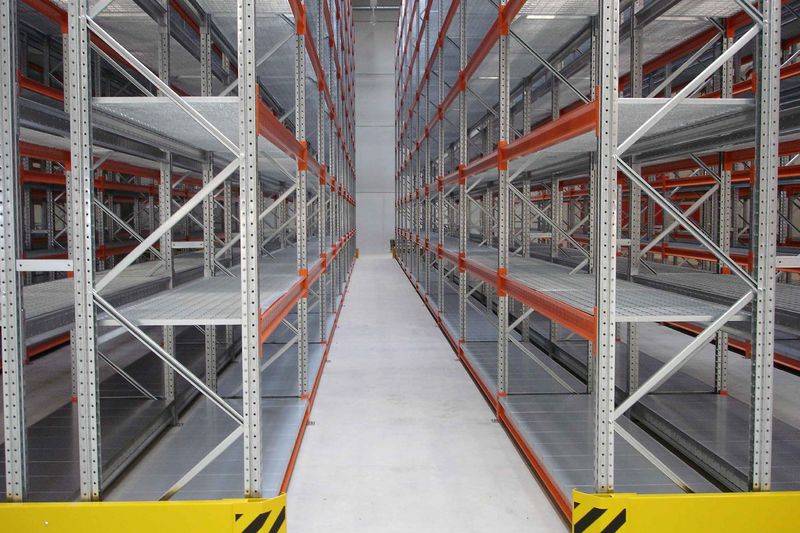cIf you’re considering changing pallet racking beams and beam levels, ensuring safety and compliance is paramount. Understanding the correct procedures can help you maintain a safe and efficient warehouse environment. Here’s what you need to know:
Understanding Pallet Racking Systems
Pallet racking systems are designed for adaptability, allowing modifications to meet changing storage needs. When changing beams and beam levels, you should follow these crucial steps:
- Assess Your Storage Needs: Determine your new height and weight requirements to ensure the racking system can safely support the intended loads.
- Empty the Rack: Safely remove all items from the racking to prevent damage during modifications.
- Remove Existing Beams: Utilize appropriate tools and techniques to safely detach old beams from the racking system.
- Install New Beams: Carefully install new beams according to the manufacturer’s instructions, ensuring proper height and spacing.
- Adjust Beam Levels: Modify beam heights as necessary to accommodate new storage requirements.
Prioritize Safety and Compliance
Maintaining safety and stability in your pallet racking system is critical. It is essential to adhere to manufacturer guidelines and industry standards. We highly recommend consulting with a professional pallet racking company to ensure full compliance with safety regulations.
Critical Considerations
When changing beam levels, consider the height of the first beam level. This measurement significantly impacts load capacity and overall system design. If you need to increase this height, it requires expert evaluation to ensure it does not compromise loading capabilities.
Ensure any new beams are compatible with your existing structure and installed correctly to support the intended loads. Installing safety locking pins or clips is vital to prevent accidental dislodgement, which could lead to rack collapse and serious safety hazards.
Expert Installation and Support
For safe and effective modifications, rely on qualified pallet racking installers equipped with the necessary tools and safety protocols. For more information and expert advice on pallet racking design and installation, contact our Yorkshire office today.
Visit our pallet rack installation page to learn more about our racking installation services.
Contact 2h Storage Solutions
For assistance with changing pallet racking beams and beam levels, call us at 01937 585057 or use the contact form below:


Comments are closed